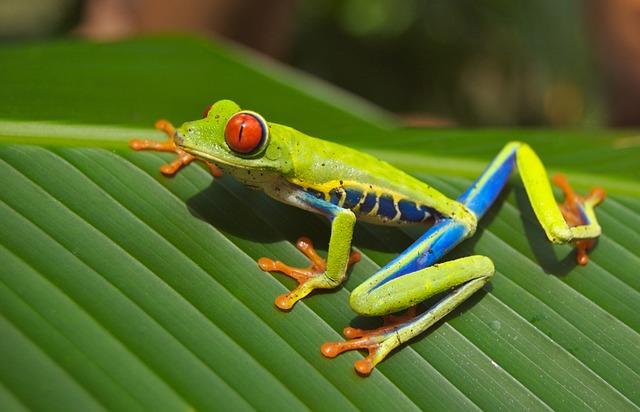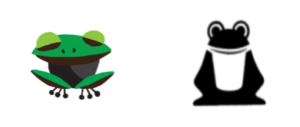We are often asked whether a trademark that consists of an image of a thing is similar to a trademark that consists of a word that describes or defines the image. To give a concrete example, is an image of a panda similar to the word “panda”? Is there a likelihood of confusion between these two marks?
Conceptual similarity is only one aspect of assessing the similarity between two trademarks. The other two are visual (how do the trademarks look) and phonetic (how do they sound).
The question of conceptual similarity is relevant because many companies use various kinds of images as trademarks. Often these images convey clearly identifiable concepts. For example, Twitter has a bird. Lacoste has a crocodile. Bacardi has a bat. Swarovski has a swan. Redbull has two red bulls. Ferrari has a prancing horse. Playboy has a bunny. NBC has a peacock. Puma has a puma.
The above examples can be divided into two categories. Those where the image corresponds to the name of the brand (e.g. Redbull and Puma) and those where there is no connection between the brand name and the animal (Twitter’s bird, NBC’s peacock).
It is especially this latter type which finds it more difficult to protect their brands against later use by others that incorporate the famous image (animal or other) in the name of a later brand. In other words, could Lacoste prevent somebody from using the trademark “CROCODILE” for clothing based on their crocodile logo? Could any company that registered an image of a thing (be it an animal or something else) prevent others from using and registering that same name?
As a default position, the answer in most cases is “no”. The EU court has made the following statement about this: “where the earlier mark is not especially well known to the public and consists of an image with little imaginative content, the mere fact that the two marks are conceptually similar is not sufficient to give rise to a likelihood of confusion”.
If we assess an image of a donkey against the word “donkey”, they are conceptually identical. However, there is no visual or phonetic similarity at all. If one of the compared marks consists only of an image, phonetic comparison cannot be made. Visually, the image of a donkey and the word “donkey” look very different. In this scenario, any similarity is based only on conceptual similarity, and in these circumstances, there is typically no likelihood of confusion. In other words, the trademark DONKEY would not infringe the prior trademark consisting merely of an image of a donkey.
An important qualification to this rule is that where the prior mark is particularly well known or particularly distinctive, things might be different. Lacoste’s crocodile is not inherently particularly distinctive (it is a relatively normal depiction of a crocodile and therefore has normal inherent distinctiveness) but it is particularly well-known. The reputation it has gives it enhanced distinctiveness, giving it broader protection against later trademarks.
The reputation it has is important also because those trademarks that qualify as “trademarks with a reputation” are given extra protection. They can block the registration and use of a later trademark even if there is no “likelihood of confusion”. If other conditions are satisfied, it is only required that there is an association between the marks. This can be based also on conceptual similarity (image of a donkey and the word donkey).
What about image v image
When the compared marks are two illustrations of the same concept (for example, two animals of the same species) there is often more similarity between them than if the comparison was between the image and the word. The mere identity of concepts does not necessarily give rise to the likelihood of confusion.
For example, the EUIPO’s Appeal Board has ruled that there was no likelihood of confusion between the below frog trademarks:
The EU courts have on the other hand ruled that there was a likelihood of confusion between the following marks:
In the first case, the frogs were held to be almost as different as the two frog images could be. In the second case, the image of a deer is quite similar. The lesson is that just because two trademarks share the image of the same thing (concept), there is not necessarily a likelihood of confusion if the images are sufficiently dissimilar and the earlier mark does not enjoy any particular reputation.
Conclusion
In most cases, conceptual similarity to a prior trademark is not enough to give rise to the likelihood of confusion. However, you need to be particularly careful with those prior marks that have been in use for a long time and have gained reputation.



